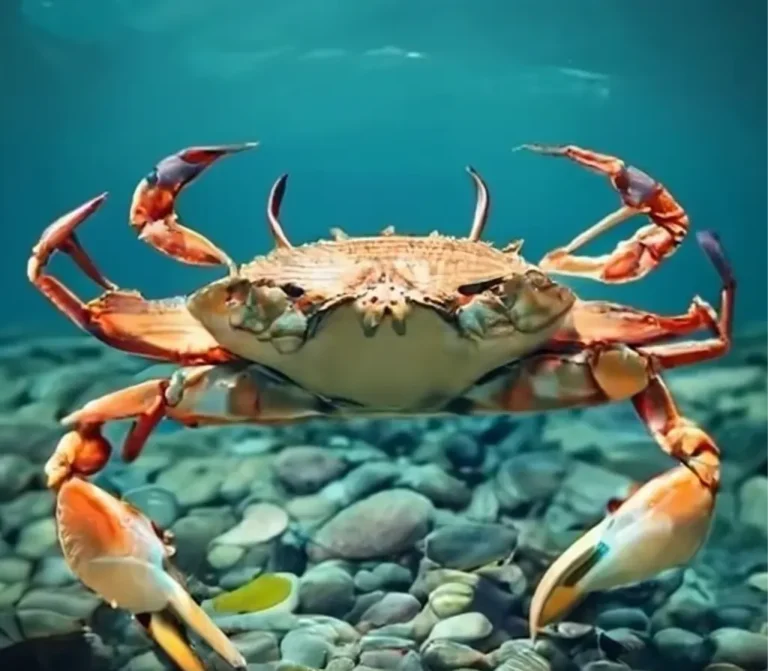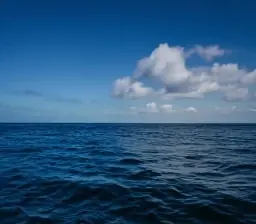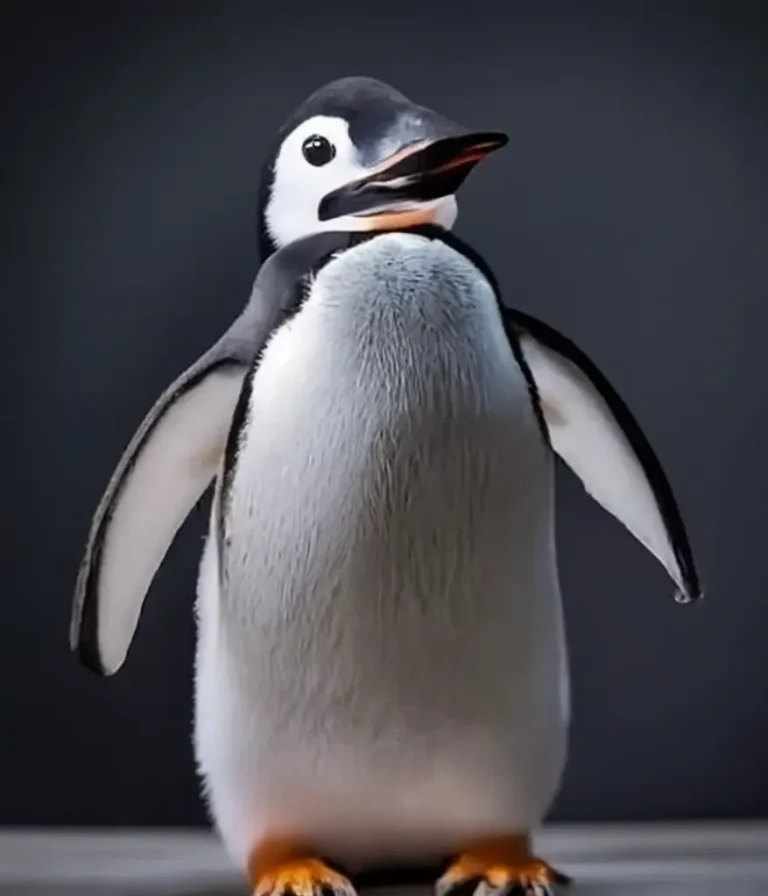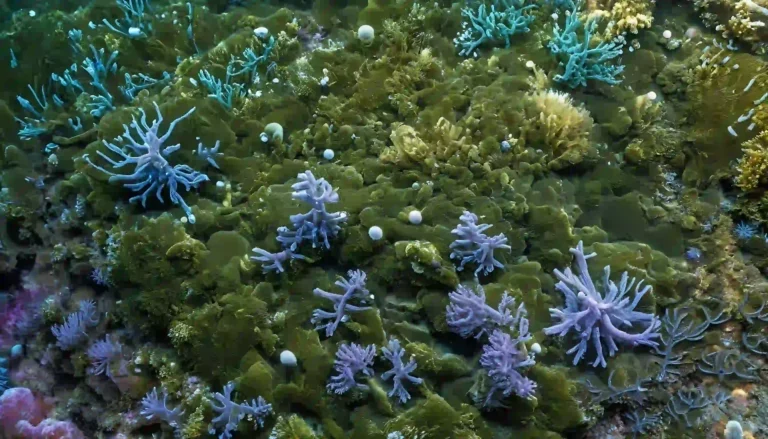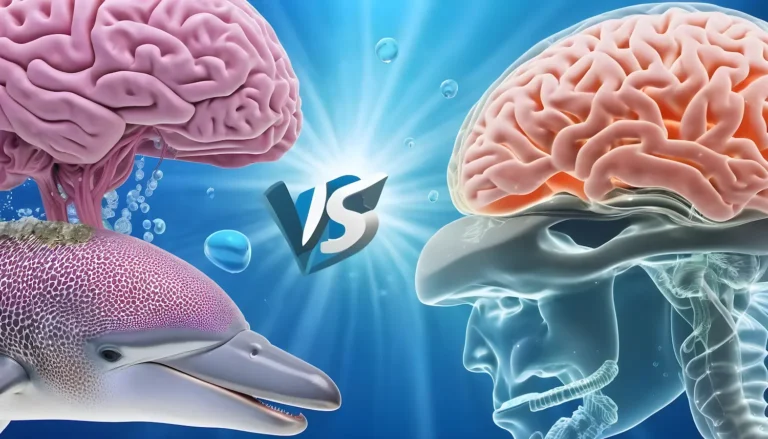Menhaden:Unsung Heroes of Marine Ecosystems and Industry
Menhaden: A Case in Point
Almost all species of commercially caught fish are in trouble. Take the lowly menhaden (Brevoortia tyrannus), for example. Also known as mossbunker and pogy, this foot-long, one-pound member of the herring family is found in the continental waters of the United States from Maine to Florida.
Characteristics of Menhaden
These fish are too bony and oily to be served at the dinner table, but the menhaden fishery is the largest on the Atlantic and Gulf coasts, exceeding the tonnage of all other species combined (Franklin 2001). Menhaden are silvery in color with a distinct black shoulder spot behind their gill opening and a variable number of smaller spots on their sides. They have a deeply forked tail fin, and, like shad and herring, they have a keel of sharp spines on the belly.
Menhaden Feeding Habits
Menhaden consume phytoplankton and plant detritus and, in turn, are preyed upon by almost every species of predatory fish, including striped bass, mackerel, cod, bonito, bluefish, swordfish, and tuna, as well as mammals and birds. Until the industrialization of fishing by humans, their numbers were more than sufficient to feed their myriad predators.
Menhaden Historical Background
In the past, menhaden could be found in immense schools, sometimes numbering in the millions “with their heads close to the surface, packed side by side, and often tier above tier, almost as closely as sardines in a box” (Goode and Clark 1887). The modern menhaden industry emerged in New England early in the nineteenth century, after it was recognized that the species could provide a valuable alternative to whale oil in the production of lubricants, fuel for lamps, soap, and paint.
Menhaden Development of the Fishery
Factories for rendering menhaden were first built on the shores of Massachusetts, Maine, New York, and Connecticut. By the beginning of the twentieth century, menhaden also served as a component of fertilizer and animal feed and was used in the manufacture of products such as fingernail polish and perfume.
Menhaden Commercial Uses
Menhaden taken in Atlantic coastal waters and the Gulf of Mexico provide the major source of fish meal in the United States. The fish are ground, cooked, and processed to yield press cake, fish solubles, and oil. The poultry industry is currently the largest user of menhaden meal, followed by turkey, swine, domestic pet food, cattle, sheep, and goats, and more recently, aquaculture.
Menhaden European Use
In Europe, the oil is refined and used extensively in cooking oils and margarine. In 1989, the U.S. Food and Drug Administration (FDA) concluded that fully and partially hydrogenated menhaden oil is a safe ingredient for human consumption. In 1990, the FDA proposed an amendment based on an industry petition to permit the use of marine oils, which was approved in 1997 and could provide a significant new market for menhaden oil, which is rich in omega-3 fatty acids. More recently, it has also been used as a cooking oil and an ingredient in processed foods such as cookies and cakes.
Menhaden Changes in Fishing Methods
Chesapeake Bay once produced more seafood per acre than any other body of water on earth, with menhaden being the largest proportion. The menhaden fishery spread south from New England after the Civil War, when the purse seine was introduced, allowing the fishery to expand. Coal-fired steamers gradually replaced sailing ships as carrier vessels in the late 1800s; diesel and gasoline engines gradually replaced the steam engines following World War I.
Menhaden Modern Techniques
The use of purse seines to harvest menhaden continues today, but since the development of the hydraulic power block for pulling up the net in the 1950s, there has been no need for large crews. Other mid-century refinements included lighter, faster, and more maneuverable aluminum purse boats instead of wooden ones, motors instead of oars, more durable nylon seines instead of natural fiber nets, and large fish pumps that eliminated the difficult work of transferring the catch from the net into the hold. Additionally, spotter planes took over the work of locating schools of menhaden, radioing their locations to ship captains. With these changes, harvesting efficiency increased dramatically, leading to a subsequent drop in catches.
Menhaden Current Situation
The average tonnage caught from 1996 to 1999 was only 40 percent of the annual take between 1955 and 1961. In 2000, the catch was 183,700 tons, the second lowest since 1940, when the National Marine Fisheries Service began keeping records. Maryland has outlawed purse seining in Chesapeake Bay, but Virginia has not. The largest U.S. fisher of menhaden and producer of fish oil and products from it, Houston-based Omega Protein Corporation, founded by former U.S. President George H. W. Bush, accounts for more than 60 percent of the menhaden catch from the Virginia waters of the bay.
Menhaden Company’s Status
Omega Protein, which claims that “the menhaden resource is healthy and self-renewing,” produces long-chain omega-3s that some doctors recommend for self-applied control of cardiovascular disease, cancer, and arthritis. Despite the company’s public optimism, in 2000 Omega Protein laid up thirteen of its fifty-three ships and grounded twelve of its forty-five spotter planes (Franklin 2001).
Menhaden Issues and Future Outlook
The menhaden fishery has clearly suffered a decline, primarily due to international market conditions affecting the price of menhaden products and, not surprisingly, a shortage of fish. The number of processing plants on the Atlantic coast declined from eight in 1981 to only two at the close of the twentieth century. Still, the menhaden support the largest single-species fishery on the Atlantic coast, the most concentrated fishery in Chesapeake Bay, and, after Alaskan pollock, the second largest fishery in America.
Menhaden Potential Impact
If the mossbunker population is indeed dwindling over the long term, it spells big trouble for Chesapeake Bay. Like oysters in the lower layers, menhaden are filter feeders, removing plankton from the waters of the bay. The Chesapeake Bay oysters have been driven to near extinction; if the menhaden go, there will be nothing to clean the estuaries. Native and alien jellyfish are proliferating, perhaps because the menhaden no longer keep their numbers down by feeding on the larval, planktonic stages.
Hope this helps!

